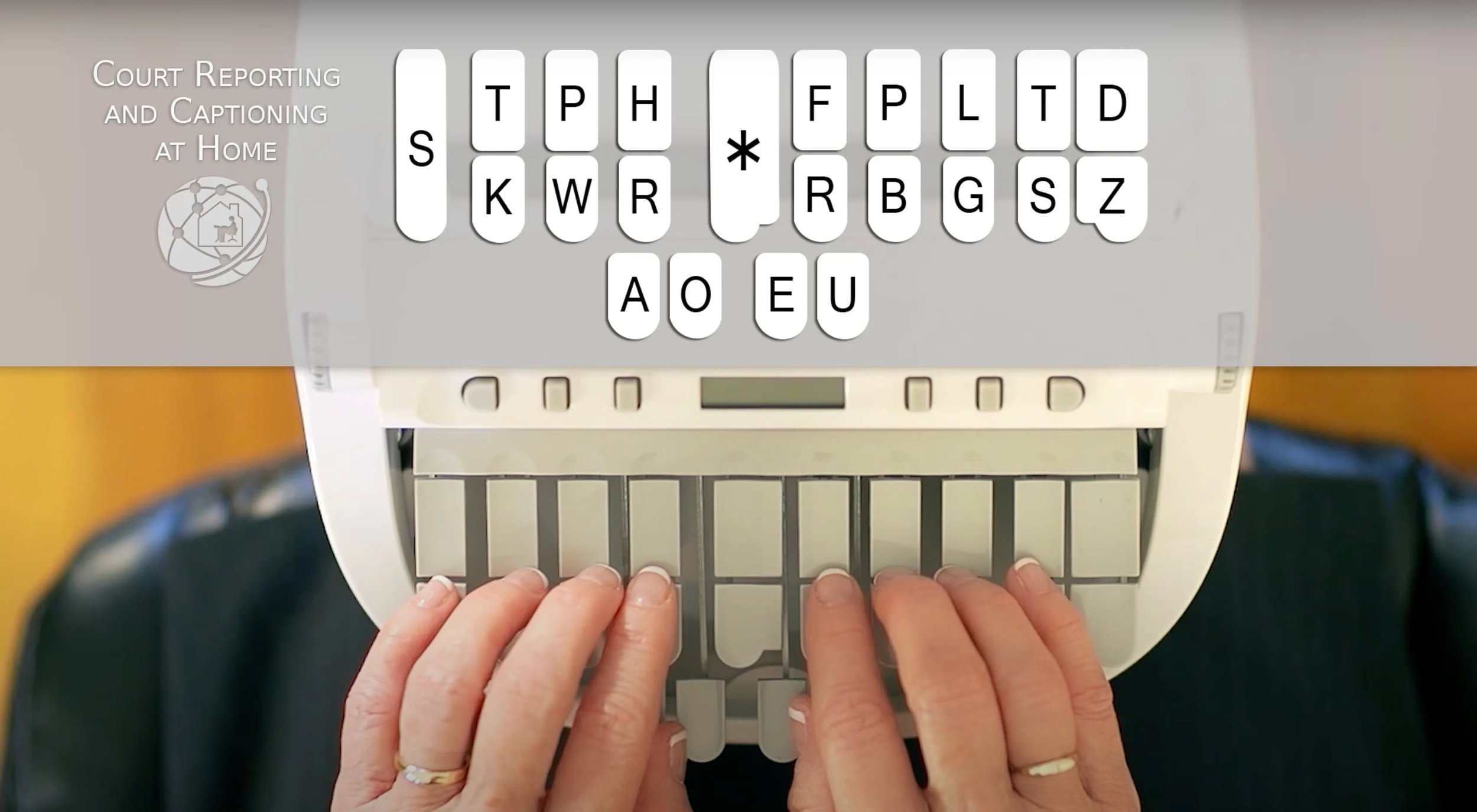How do court reporters type so fast?
The short answer
Court reporters transcribe proceedings by using a shorthand code for the phonetic sound of each syllable, rather than typing one keystroke for every letter. This technique allows them to achieve high typing speeds necessary for accurately capturing spoken words in real-time.
The long answer
A court reporter’s keyboard is called a stenograph or a stenographer’s keyboard, which has only 22 keys. Unlike a standard QWERTY keyboard, the stenographer keyboard layout is designed specifically for phonetic shorthand. The keys on the left are used to type the first letter of a syllable of a word, the keys on the right are used for the last letter of the syllable, and vowel keys are on the bottom row. There is also a bar on the top of the stenograph used to type numbers.
Screenshot taken from Court Reporting and Captioning at Home.
A stenographer usually presses three or more keys simultaneously (known as "chords") for each syllable or sound of a word. Take "STOP," for example. A stenographer would type S and T on the left side because that's the first part of the word, O on the bottom for the vowel, and P on the right because it's the ending sound of the word. This technique allows court reporters to type fast without needing to press individual keys for each letter.
Screenshot taken from Qwerty Steno.
But with only 22 keys in a court reporter’s keyboard, there are clearly some letters and sounds missing. To accommodate for that, stenographers will use different combinations of keys to represent a missing letter or sound. This unique court reporter keyboard layout allows them to cover all necessary sounds with minimal keys.
For example, if they want to type a syllable that starts or ends with M, they will type P and H together. And since vowels don't sound the same in every word (e.g. "bAt" with a short A sound; and "bAit" with a long A sound), there are codes for those sounds as well. When all these codes are used, the shorthand looks nonsensical, but it makes sense to a trained stenographer.
Screenshot taken from Qwerty Steno.
To make the process even faster, stenographers often program their own abbreviations for commonly used phrases, like "May it please the court." This allows them to reduce the number of keystrokes needed, further increasing their typing speed.
Stenographs are often hooked up to a computer that contains special software which does the job of translating the shorthand into a readable transcript. Court reporters will then review the computer's translation for accuracy before submitting the official record. This combination of unique keyboard design, shorthand techniques, and digital translation is what enables court reporters to type every word at incredibly high speeds, sometimes exceeding 200 words per minute.
Curious about how the world works?
Today You Should Know is a free, weekly email newsletter designed to help you learn something new every Friday.
Subscribe today 👇
Sources
Court Reporting and Captioning at Home. (2014). How to Write on the Steno Machine - CALL 877-253-0200 Court Reporting and Captioning at Home. YouTube. Retrieved May 9, 2023, from https://www.youtube.com/watch?v=ZAkkTtsPKOA.
Qwerty Steno. (n.d.). http://qwertysteno.com/Home/
Talty Court Reporters Inc. (2020, October 10). Everything You Need to Know About Court Reporting. Talty Court Reporters Inc. https://www.taltys.com/blog/everything-you-need-to-know-about-court-reporting/



